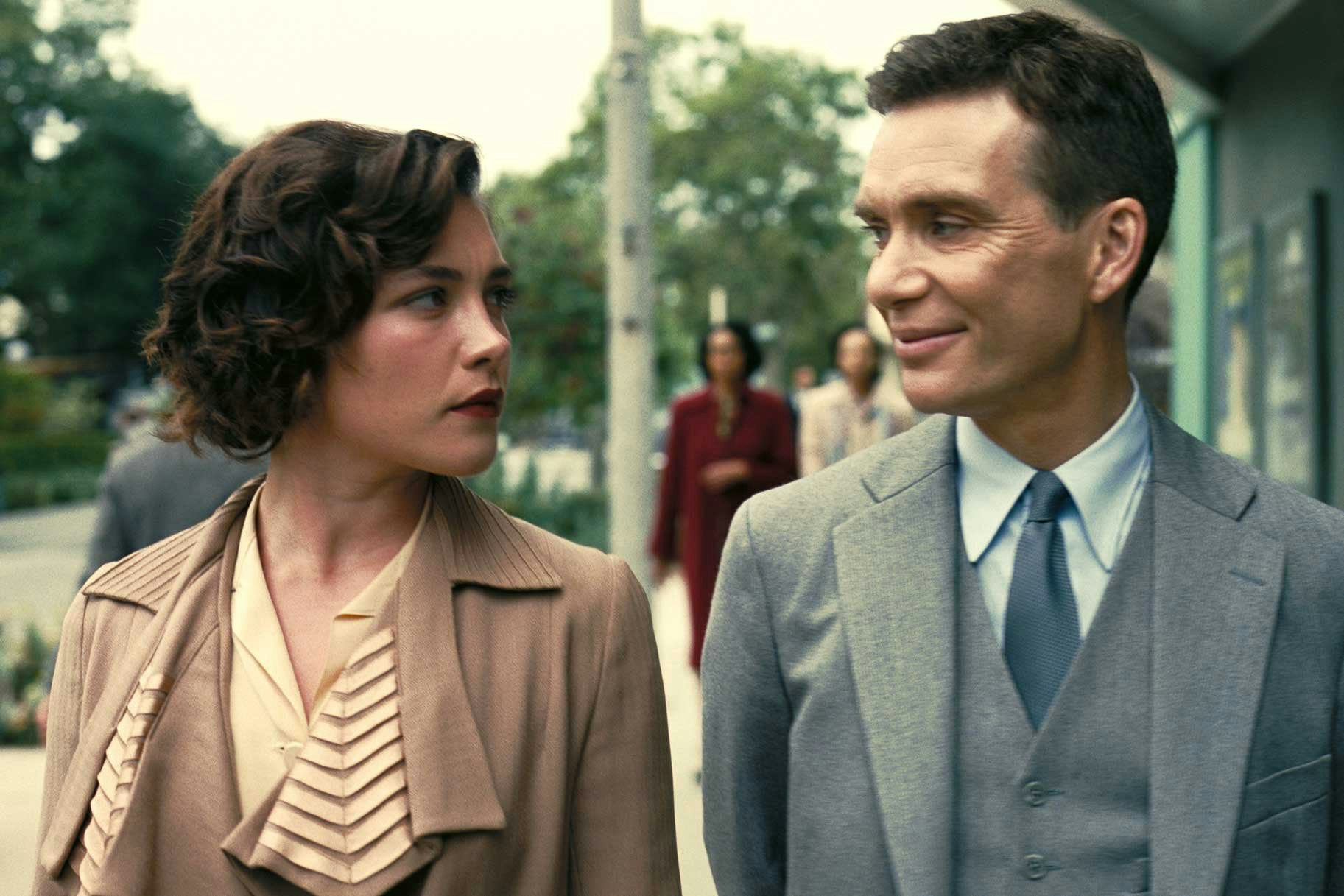
Oppenheimer delivered an epic biopic that comprised half of one of the biggest weekends in box office history. But while it showed its flawed hero in an unflinching light, it wasn’t completely objective. Nolan told CNN the different styles of filmmaking represent the reliability of the story: the color scenes are subjective, and the black and white scenes are objective. “We’re trying to not judge the man,” Nolan said. “We’re trying to experience things with him and understand.”
This approach allowed Nolan to raise questions about Robert Oppenheimer’s life that may not have answers. The audience can enter his head and doubt everything, just as he did.

Much like Nolan’s Memento, Oppenheimer takes place in two different timelines that meet at the end. The black-and-white scenes follow the interrogation of Oppenheimer at a security hearing arranged by Lewis Strauss, while the color scenes follow him from his early days as a physicist through to his final years. We see what he sees, we fantasize what he fantasizes, and — crucially — we worry about what he worries about.
One of the biggest tragedies in Oppenheimer’s life was the death of his lover, Jean Tatlock, and YouTube account New Rockstars points out that we see her death multiple times in Oppenheimer’s mind. The first time he imagines the scene she drowns herself in a bathtub, but the second time we see a gloved hand pushing her head down.

It’s a fascinating use of the film’s subjective tone to show a real-life theory behind Jean Tatlock’s death. The circumstances of Tatlock’s suicide have been called into question, and there’s an entire chapter dedicated to it in Oppenheimer’s source material, American Prometheus. Skeptics — or, less generously, conspiracy theorists — suggest American intelligence agents murdered her to suppress communist influence on Oppenheimer while he worked on the Manhattan Project, with her mental health struggles used as a cover story.
This kind of conjecture would be hard to depict in a screenplay without having a character outright question Jean’s death, but Christopher Nolan used the movie’s paranoia and unique point of view to show this doubt without making it obvious. Just as we feel what Oppenheimer feels, we can suspect what he suspects without needing a definitive answer. Maybe there was foul play involved, maybe there wasn’t. Oppenheimer never found out, and neither will we.







